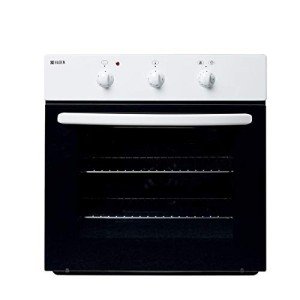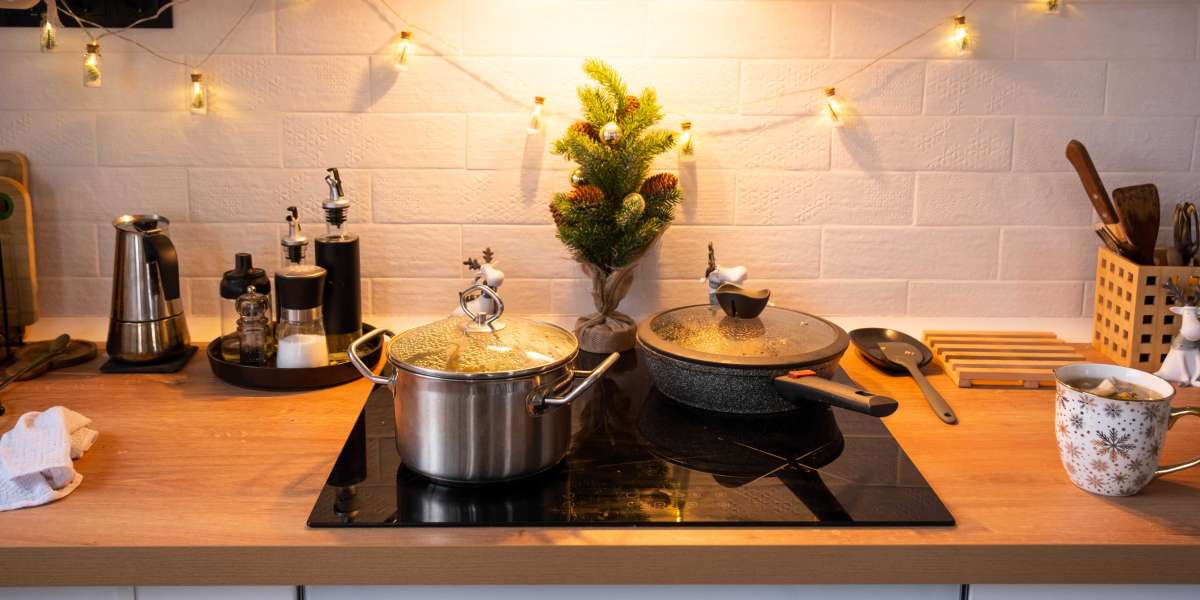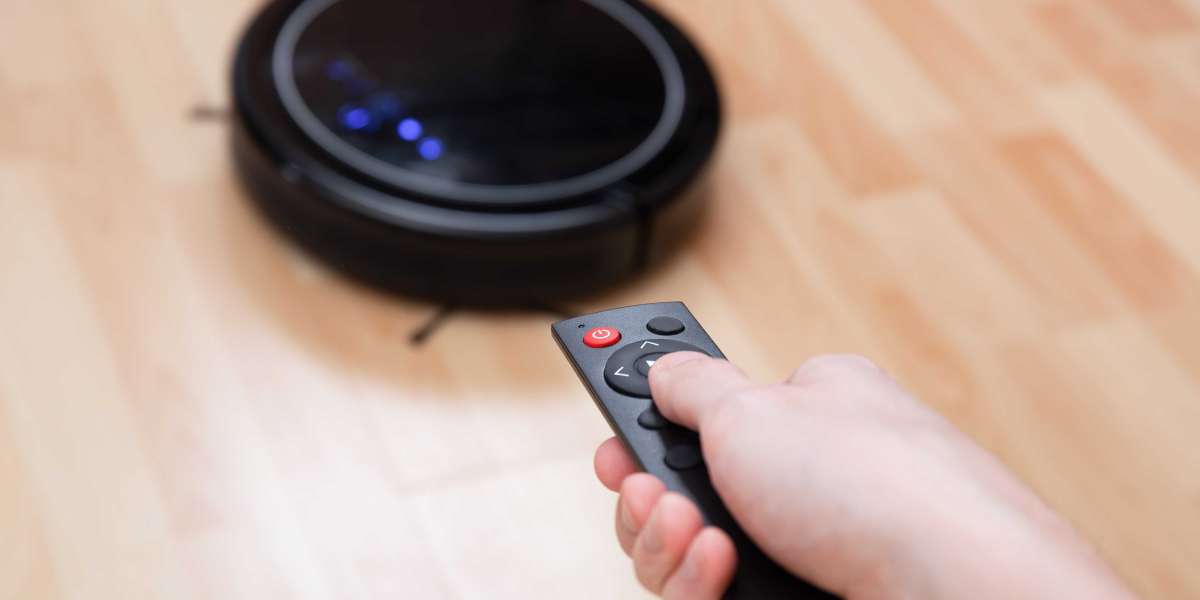In the modern kitchen, an oven is not just a cooking appliance; it's a hub of culinary creativity, a tool that elevates everyday meals and special occasions alike. Whether you're a seasoned chef or a novice cook, selecting the right oven can significantly impact your cooking experience and the quality of your dishes. This article delves into the various types of ovens available, their features, and how to choose the best one for your needs. We'll also address some frequently asked questions to help you make an informed decision.
Types of Ovens
Conventional Ovens
- Description: Conventional ovens are the most common type, featuring a straightforward heating mechanism. They typically have a single heating element at the bottom, which can result in uneven cooking if not properly managed.
- Pros: Affordable, simple to use, and widely available.
- Cons: Uneven heat distribution, limited temperature control.
Convection Ovens
- Description: Convection ovens use a fan to circulate hot air, ensuring more even heat distribution. This can lead to faster cooking times and better browning.
- Pros: Even cooking, faster cooking times, and improved energy efficiency.
- Cons: Slightly more expensive, requires adjustment of recipes and cooking times.
Double Ovens
- Description: Double ovens consist of two separate oven compartments, allowing you to cook different dishes at different temperatures simultaneously.
- Pros: Increased cooking capacity, flexibility in temperature control.
- Cons: Higher cost, larger space requirement.
Wall Ovens
- Description: Wall ovens are installed in a wall rather than as part of a range. They come in single and double configurations and can be more ergonomic for some users.
- Pros: Saves counter space, can be installed at a comfortable height.
- Cons: Requires more installation effort, higher cost.
Built-In Ovens
- Description: Built-in ovens are designed to fit seamlessly into your kitchen cabinetry, providing a clean and integrated look.
- Pros: Aesthetically pleasing, can be customized to fit your kitchen design.
- Cons: Custom installation needed, can be costly.
microwave ovens
- Description: Microwave ovens use electromagnetic waves to heat food quickly. They are ideal for reheating and defrosting but not suitable for all cooking tasks.
- Pros: Fast and convenient, takes up minimal space.
- Cons: Limited cooking capabilities, not ideal for baking or roasting.
Steam Ovens
- Description: Steam ovens use water to generate steam, which cooks food gently and retains moisture. They are excellent for healthy cooking and preserving nutrients.
- Pros: Healthy cooking, retains moisture, easy to clean.
- Cons: Higher cost, limited to steaming and certain baking tasks.
Combination Ovens
- Description: Combination ovens offer multiple cooking methods, such as convection, steam, and microwave, in a single unit. They provide the best of all worlds but can be complex to use.
- Pros: Versatile cooking options, efficient use of space.
- Cons: Higher cost, steeper learning curve.
Key Features to Consider
When shopping for an oven, consider the following features to ensure it meets your needs:
- Capacity: Measure your kitchen space and consider how much food you typically cook. A larger capacity is beneficial for families or those who frequently entertain.
- Cooking Modes: Look for ovens that offer a variety of cooking modes, such as bake, broil, convection, and self-cleaning.
- Temperature Control: Precise temperature control is crucial for achieving the best results. Some ovens offer digital controls and temperature probes.
- Energy Efficiency: Choose an oven with a high energy efficiency rating to save on utility bills and reduce your environmental impact.
- Design and Aesthetics: Consider the style and finish of the oven to ensure it complements your kitchen decor.
- Safety Features: Features like child locks, cooling fans, and automatic shut-off can provide peace of mind.
- Ease of Cleaning: Self-cleaning ovens can save time and effort, while smooth interior surfaces make cleaning easier.
- Warranty and Support: Look for a reputable brand that offers a good warranty and customer support.
How to Choose the Right Oven
Assess Your Needs
- Cooking Frequency: How often do you cook? If you cook daily, an oven with more features and better performance might be worth the investment.
- Dietary Preferences: Do you bake a lot, or do you prefer roasting and grilling? Choose an oven that excels in your preferred cooking methods.
- Space Constraints: Measure your available space and choose an oven that fits well without compromising other kitchen functions.
Set a Budget
- Price Range: Ovens can range from budget-friendly to high-end. Determine how much you are willing to spend and stick to your budget.
- Additional Costs: Consider installation costs, energy consumption, and any additional accessories you might need.
Research and Compare
- Read Reviews: Check online reviews and consumer reports to get insights into the performance and durability of different ovens.
- Compare Models: Visit appliance stores to compare different models and see which one feels right for you.
- Consult Professionals: Talk to kitchen designers or appliance experts for personalized advice.
Test and Try
- In-Store Demos: If possible, attend in-store demonstrations to see the oven in action.
- Try Before You Buy: Some stores offer trial periods or returns policies. Take advantage of these to ensure the oven meets your expectations.
Frequently Asked Questions (FAQs)
Q: What is the difference between a convection oven and a conventional oven?
- A: A convection oven uses a fan to circulate hot air, ensuring even heat distribution and faster cooking times. A conventional oven, on the other hand, relies on a single heating element at the bottom, which can result in uneven cooking.
Q: Are double ovens worth the extra cost?
- A: Double ovens are beneficial if you cook for large families or frequently entertain. They provide more cooking capacity and the ability to cook different dishes at different temperatures simultaneously, but they do come at a higher cost and require more space.
Q: How do steam ovens work?
- A: Steam ovens use water to generate steam, which cooks food gently and retains moisture. This method is particularly good for healthy cooking and preserving the nutrients in your food.
Q: What are the benefits of a combination oven?

- A: Combination ovens offer multiple cooking methods in a single unit, such as convection, steam, and microwave. This versatility can save space and time, making them a popular choice for those who want the best of all worlds.
Q: How important is energy efficiency when choosing an oven?
- A: Energy efficiency is crucial for both cost savings and environmental impact. Look for ovens with high energy efficiency ratings to reduce your utility bills and minimize your carbon footprint.
Q: What safety features should I look for in an oven?
- A: Important safety features include child locks, cooling fans, automatic shut-off, and easy-to-clean surfaces. These features can provide peace of mind and reduce the risk of accidents in the kitchen.
Q: Can I install a built-in oven myself?
- A: While some DIY enthusiasts might attempt to install a built-in oven, it is generally recommended to hire a professional. Proper installation ensures the oven functions safely and efficiently, and it can void the warranty if not done correctly.
Choosing the right oven is a significant decision that can enhance your cooking experience and the overall functionality of your kitchen. By understanding the different types of ovens, considering key features, and setting a budget, you can make an informed choice that suits your needs and preferences. Whether you opt for a conventional oven, a convection model, or a combination unit, Ovensandhobs.Uk the right oven can become the heart of your culinary adventures.
Additional Resources
- Consumer Reports: Offers detailed reviews and ratings of various ovens.
- Appliance Retailers: Provide in-store demos and expert advice.
- Kitchen Design Professionals: Can help you integrate your new oven into your existing kitchen layout.
By taking the time to research and compare, you can find the perfect oven that will serve you and your family for years to come. Happy cooking!







